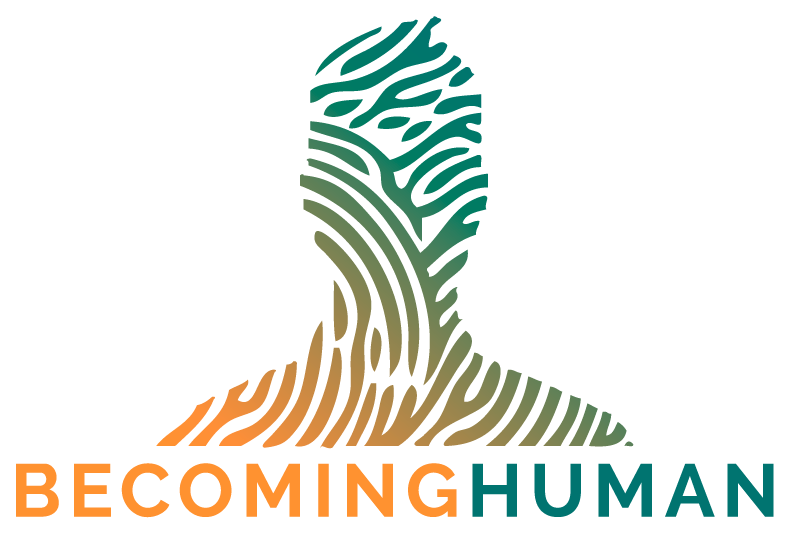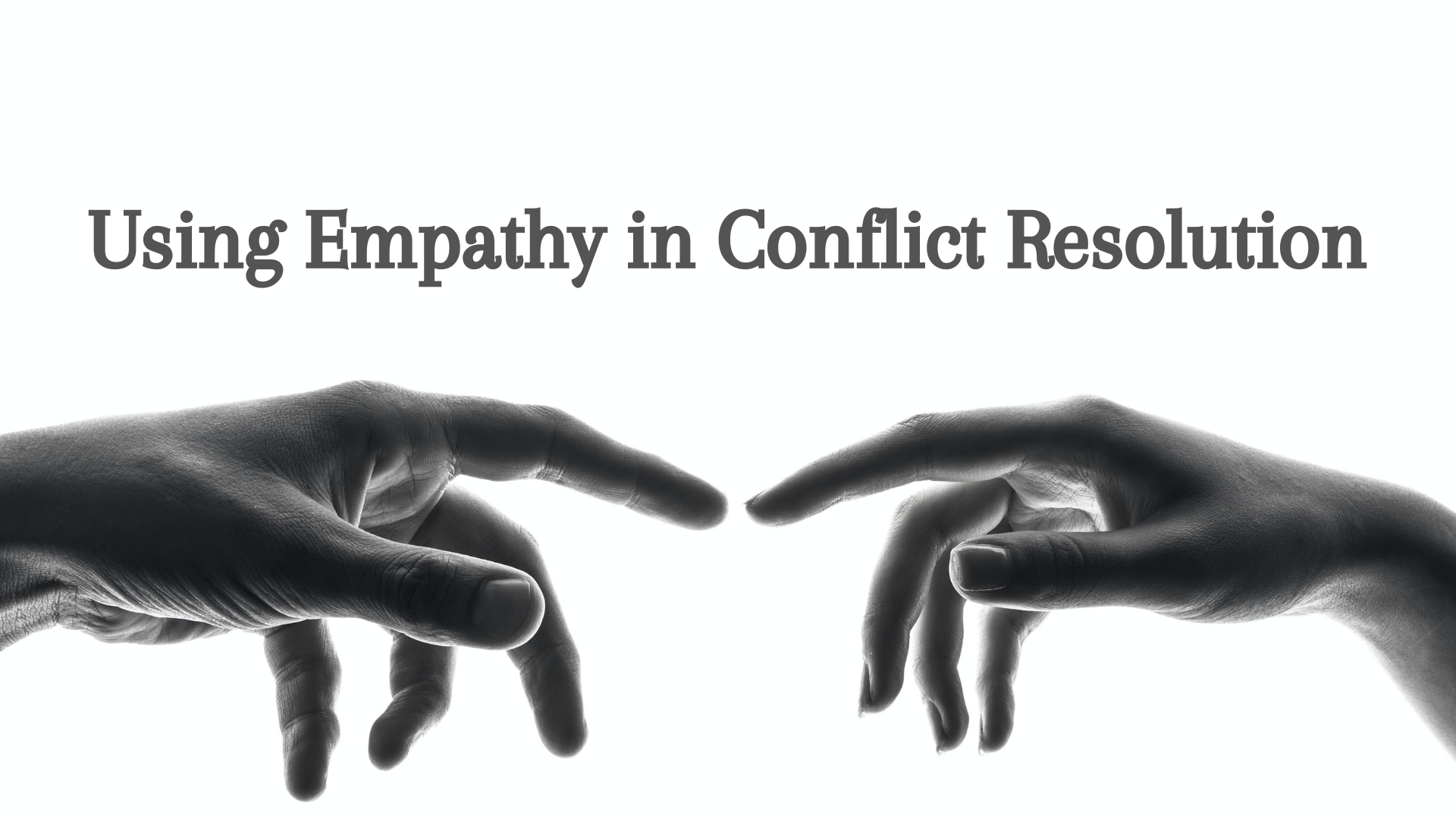How Not to Get Caught in a Fad
/Tradition, progress, and two perspectives on time — diminishing and progressive.
Introduction — The Age of Pet Rocks
Having grown up in the 1990s, the phenomenon of the pet rock eluded my purview. I’ve also noticed that many owners of the pet rock no longer maintain possession of the previously exuberant hobby. This is because the pet rock was a fad.
The interesting dynamic of what makes something a fad is that nothing subsumes the concept to sustain it over time. Fads emerge not because they are interested in longevity; nor is there a deep-seated intention of existential value and meaning within the oracles of time. They exist for a present, momentary validation — often with the potential of short-term profit. Fads are not concerned about rooting themselves in the strain of the history or memory they come from and their growth ceases as soon as the moment is complete.
Yet, fads continue to pervade the landscape.
What is new and exciting and cool and trendy rises to immediate awareness and then goes away just as quickly. Like a transplant in the garden with no connection to the soil; not being properly rooted may give a moment of glamor and pleasure, but the plant will wilt just as fast as it was sown. Trends and fads come and go because they are not built on anything. They are not continuing anything. There is no intention of long-term endurance. And they evaporate with little effect.
Our culture, it appears, adores the young, hip, fresh, and popular as if it is the climax of existence. What is now is what is captivating. We glamorize the next best thing with no concern for what came before us. Short-sighted myopia dazzles us with unknown possibilities. The long game of sustained continuation is no match. Why grow a meager seed into a tree when the department store had a sale on pre-grown tomato plants?
And we’re left with a bunch of obsolete pet rocks.
Part One — Two Views of Time
Sociologically, this is a particular view of time; one that is best encapsulated by the depreciation of a new car. A new car’s value is at its peak at the start of its existence and then descends over time.
Photo by Hilbert Hill on Unsplash
Similarly, we often view items, ideas, and people the same way — they continually become old, out of style, boring, and useless the longer they exist. As these things grow, we perceive decline and a lack of value that we now have to figure out what to do with. Where do we put these outdated clothes and objects? What can we replace these trends and fashion with? Now having the label of ‘old,’ it is cast aside. We even do this with people.
When that which existed is considered to depreciate and no longer have anything to offer, this is called a diminishing view of time.
A diminishing view of time is a bit paradoxical to the human experience. If you showed up on a piece of land, would you want someone to guide you through it who also just arrived? Whether it is compost or whiskey or wine — we are surrounded by examples where the height is not at the beginning. Instead, the value of many things, ideas, experiences, and people is better found in their duration. Sometimes, that value is gleaned from failure. Often, however, it is a product of accumulated wisdom and sustenance. Either way, this value is a result of being attached to what came before.
In contrast, when that which existed is considered to appreciate over time, this is called a progressive view of time.
Consider the village elder; the member of a village who has seen it all. It is their presence over time that leads to their value. For many cultures prior to our own, there was an esteemed elevation to the village elder that reflects a corporate adherence to a progressive view of time. In the book White Man’s Grave, an articulation of this disposition is well stated:
Words were unnecessary yet let young mortals use words. This elder only need to lift his stately head; black and weathered as a crag of obsidian.
He said, “I have survived seven decades of witchcraft, politics, floods, drought, military coups, famine, tribal wars, failed crops, court cases, fines, dysentery, squabbling with relatives, riots, taxes, tainted water, corrupt chiefs, poverty, thieves, secret societies, yellow fever, government men, white mining speculators, intestinal parasites, the British, snakebites, chronic malaria, and bushdevils; what have you done?
Experience creates a character that transcends the temporary and attaches to a story much larger than itself. Experience, in the end, is all we have. Those who have been through immense difficulty, that which has endured through tumultuous change — these allow access to a very large story. We need that. We need a culminating approach to time because time allows one to see. A progressive view of time acknowledges that value adds as the story continues. It is rooted in continuing what has been for the sake of an informed, accumulated growth of what is yet to be.
Why would we throw that value away for something excitably new?
Because we tend to have a diminishing view of time.
For example, who wrote the popular song called “Hurt”? Based on popularity, we would assume Johnny Cash wrote the song. He did not. The song was originally composed by Trent Reznor of Nine Inch Nails. Why did Johnny Cash’s version become so much more prominent?
Because when a thirty-year-old sings, “What have I become?” it just doesn’t have the same effect as someone who has risen to fame, recklessly basked in it, and then tried to turn their life around decades later in the face of their destructive ways. When Johnny Cash, in the longing to start over, to heal the wounds with June Carter, and warn of his turbulent journey sings, “If I could start again…” and talks about his empire of dirt — based on wealth and memorabilia that actually existed — it carries the weight of a life which fully embodies the words. It resounds with a value that nothing new can touch.
A progressive view of time is what keeps the fads at bay.
Stories like this show that we shouldn’t give preference to the new and certainly shouldn’t abandon the old. If we can only function by the information we have and the information we have is confined to what we see and know, then should it not be better to use as much seeing and knowing as possible? We have constrained our perspectives to what our singular, momentary lives have immediately in front of us; ignoring the wealth of experience being offered by previous travelers if we would only utilize it. New iterations of a story will certainly happen but even this ought to be embraced through the past, not in lieu of it.
Anything new is dependently informed by what came before it. The old is not useless. Even when it is wrong or destructive or inchoate or a bit off, it is the accumulation of time that preserves a certain worth. That is information and context and experience we can use and learn from. The old doesn’t hold us back. It propels us forward.
We should be continuing our stories by using the whole story of which we are a part.
That’s how you keep from getting caught in a fad.
Part Two — Meet the Distributists: The Importance of Memory
From the Agrarian tradition, there is a precedent that can inform how to manage this relationship to time. The concern here is a disposition that overtly intends to disregard the past. Certainly, one can also romanticize the past resulting in dormant inactivity, but our culture often has the opposite problem — an intention to only look forward with no concern for what came before and how we even got to where we are.
How many fads have come and gone? How many trends have left an immediate vacancy in their wake? How many startups jumped to highlighted fame only to quickly grasp at the straws of their own obscurity?
In contrast, there is a perspective sometimes referred to as the “Distributists.” They have a disposition that begins with the notion that humans are limited. Therefore, responsibility can only be enacted in the one small place where they are. In order to carry that responsibility out, one must maintain in the place with long-term intentionality and belong to the place holistically.
There are many sociological and economic ramifications of this perspective. Distributists are often opposed to absentee economies, they tend to be libertarian in politics, and — as a nod to their rural background — they are quite tied to their geographical area. To belong requires proximity. You can’t see, know, or love where you are if you aren’t there, consistently, over time. With this, then, comes another value — shared history. The Distributists, therefore, place high regard on maintaining memory in their communities, as well.
Memory is essential to the ongoing life of a community just as it is to the ongoing vitality of any relationship. A marriage, for example, is based on fidelity over time. Ideally, a marriage improves over time because the spouses are gaining appreciation in the infinite mingling of their souls. Their shared memory enhances their commitment, their understanding, and the joy that comes when each present moment is built on what has been shared through the past.
Though a bit mechanical of an example, this is the same thing that happens when you use a computer or smartphone over time — it is called device adaptation and is why your technology will autocorrect your spelling to your most frequently used words. Utilizing the past over time makes the experience more effective. Similarly, becoming an extension of a place, rooted in all that has accumulated through history, happens by sharing in that history to continue its story through the act of memory.
Memory is the means to abiding by a progressive view of time.
There is a quote from a rabbi named Tarfon in the Jewish Mishnah where he articulates that to be people of Israel’s ancient covenant is to be people who remember and who also remember to use the whole story of which they are a part in order to continue the story:
Do not be arrogant; do not think that you alone can finish the job. Trust in your children and generations yet unborn to take up the task. Know that you are part of the living chain of people who have dreamed, worked for a better world, and carried on this mission for four thousand years in an unbroken covenant.
Fads are often presumptuously promoted to heroic status. The long game might be the real hero.
And the long game needs memory.
Which comes from a progressive view of time.
Proper roots lead to immense growth. We need to be innovative, but the best innovation happens through that which is well-grounded. While the new is exciting and makes for better headlines, something that has aged for centuries — even millennia — we might want to pay attention to that, as well. By utilizing the totality of what has come before us, we will best shape where we will go next.
Moving forward begins by looking backward.
Part Three — Gardeners and Docents: How Not to Be Caught in the Past
With all of this antiquated language, let us not miss the confrontation — the embedded assumption is that we will still be going somewhere.
Roots are important, but roots are only important insofar as they lead to healthy growth. Roots without a growing plant are also just as quick to rot into compost.
The other concern, then, is that we will only care for tradition and not what the tradition is intended on moving toward. Movement is the key. We have a tendency, as human beings, to want to stay where we are; to be rooted, but not to grow. Whether for nostalgia or familiarity, we resist change because it feels like a loss of what we know and value.
But it’s all going to change anyway. Change is built into the fabric of existence. We must, therefore, choose if we will be intentional about the unavoidable reality of change or if we will succumb to the forces of having change forced upon us. Unfortunately, change is like a graveyard — you don’t get much help from the inside.
This tendency is regrettable because a primary tenet of most metaphysical philosophy is that existence is teleological — that the human propensity is moving toward something. Whether in evolutionary biology, world religions, or general humanism, there is some end, goal, or destination that compels the present.
Yet, the other agreement is that, well, we aren’t there yet. The vision is not finished. If we hold so tightly to what has been, we will only ever know this part of the map of life. Doing so is not only an attempt to stop nature — specifically, the nature of change — we are also dictating that any future good or improvement will remain forever in the future. To stay where we are is to dam a river and turn it into a swamp.
Photo by Igor Miske on Unsplash
Humans, then, might be better compared to gardeners. The bane of tradition — and the antagonism toward it — is that life and the world are often treated as a painting. We enshrine it in protective glass and put it up for display. As a result, our job becomes to be the ever-cautious docents of the exhibit. Certainly, the version of the painting we proffer usually happens to be a very narrow depiction of what has been; the one we happen to know, be familiar with, and prefer. Yet, in encasing the painting and protecting it statically on the wall, we are taking a tradition that is yet alive and turning a metaphorical garden into concrete. When tradition is seen as a handbook to be only referenced and replicated or to simply be a posture to assume, it is now dead.
The invitation here — within a progressive view of time — is to approach tradition like gardeners. Like the roots of beautiful plants, the memory is alive. We are also caring for a garden we did not start and that we will not see the end of. These plants were brought forth and nurtured by many people before us and we can only work with what those previous gardeners chose to do — some of which were not so good. Yet, we need to know what they did and how they did it. We need to learn of their intentions and their ways and, sometimes, their mistakes. But not just to replicate it. We do this so that we can appropriately continue it with the full knowledge of what we are now working with. The memory offers knowledge necessary to understand how to move forward — even if that means learning where not to go.
Photo by Markus Spiske on Unsplash
The voices of the past are not complete and should not be elevated to some untouchable standard. They also should not be ignored.
Do you want to keep life from becoming a stagnant museum or a simple artifact of the past? You need growth.
Do you want to keep life from becoming a fad destined to deteriorate as a transplant? You need roots.
Where we come from will take us to where we are going. Both parts are essential for the story to continue. What does it mean to be informed and shaped by what has preceded us in order to move into the still uncharted territory before us? And how do we do this in a way that honors, yet transcends the past?
Roots and growth.
We need both, together.
Part Four — Practical Considerations
Semantics aside, what does this actually look like? I don’t know, exactly. But the disposition has found frameworks worthy of a couple of considerations:
Three Roots to Consider
1 — History
What has been the human journey thus far? Where has it been? What was involved? Where has it been trying to go?
There is a vast story of which you are involved. Fortunately, you have access to quite a lot of it. Never before has so much information been so accessible. There is much to learn and even more to be curious about. I sometimes wonder if the minds and people of history are watching us, hoping that we will use what they handed us so that we can go even further than they did.
2 — Traditions
This gets dicey, so please allow me an emphasis upfront — being rooted in traditions and replicating them are different. I’m not recommending mindless adherence. I am recommending appreciation and consideration. You can appreciate a tradition without haphazardly duplicating it. In other words, don’t just dismiss something because it is preferred, familiar, or useful to ages past. Those before you may have been weird souls, but so are you. Give the same credence that you assume for yourself.
Tradition here implies the specific acts, rituals, formation, and ways that have been used with stability over time. I don’t have specific research for this, but it appears that most humans have a certain adolescence to their being. We squawk at what is handed to us by previous generations. We also, because of them, have more information than they did. So, we don’t want to be held back by their baggage. But then we grow up.
The traditions that have come before us should be considered. It doesn’t mean they are good. It doesn’t mean they should be continued. But if generations of people presumed a particular means and way, I’m just assuming that their conglomerated wisdom might be a bit more useful than your singular mind. Sure, you might know more than hundreds, even thousands, of people over centuries. Maybe, however, you don’t.
3 — People and Places
This is the Distributist angle speaking — do you know where you are? You can only continue what you love. You can only love what you can care about. You can only care about what you know, and you can only know what you can see. That’s the thinking, anyway.
But how many of us exist in specific places without actually being there. Your one, small life will only put a dent in history and that dent is likely to be within the phenomenological reality of your finite soul that you actually know.
Do you belong to a place? Do you offer credence to the voices that call that place home and that built the soil you are now growing in? Who were the first inhabitants? How did the place change? What people came and went? How did it grow and reach the current version that you are entrenched in? Knowing its story will better able you to continue it.
A quick aside — I often find the modern view of homes and property very distanced from most historical peoples. Often, land and property was interacted with for the sake of continual endurance. There was always a resonating melody that the people who currently have the land will one day be gone. In order for the life of a place to continue healthily, it must be stewarded properly with those future inhabitants in mind.
The current disposition, at least in the United States, reveals our ineptitude to take roots and growth seriously. We see ourselves as travelers in our places and, therefore, pretend that our property will not extend past us. We are the first and last who will be in the places we are. Yet, someone else will live on that land one day. Someone else will run that organization or business. Someone else will take the reins of your community and move it into new territory. Hopefully, you hand those folks something intimately attached to previous generations; and hopefully future generations will use what you hand them to continue what you started in a meaningful way.
If nothing else, we ought to see that nurturing roots requires playing the long game and this is most evident in the specific locations where we reside.
Three Necessities for Growth
1 — Vision
You don’t need to love progress — change is difficult — but we shouldn’t try to avoid it either. How things are is not how they will one day be. But there is a difference between change and transformation. Transforming things to a better version of what is current requires the intentional directive of vision — a goal that forces movement toward uncharted territory.
What isn’t yet? Set that destination, paint that framework, and start pursuing that now. But remember, the vision will be best enacted when informed by the past; which means the vision must work alongside of the concept of reformation.
2 — Reformation
Whatever is the current is also not the ultimate. Progressives rejoice! Reformation assumes that tradition is not static and that it needs to be, well, reformed. Constantly. However, even what you bring forth will also need to be reformed.
The story of the world is a giant building project that will take generations to complete and the current stones and structure shouldn’t be held onto so dearly. We also cannot take the building in a random, detached direction. Wherever we are going is not the construction of a new building, it is a continuation of the current. Our prerogative, then, is unceasing reformation and imagination to continue what our forebearers began, but in a way that they may not have envisioned.
3 — Creativity
Creativity is a popular conversation; often full of self-help dictations and empirical anecdotes. However, creativity is a specific thing with descriptive processes.
Alongside vision and reformation, the creative process requires the imagination of what is not and, therefore, acts as the means by which we enact vision and reformation.
One of the best articulations of creativity — made popular by Edward de Bono — is called Lateral Thinking. Going to uncharted territory isn’t going to experience its fullness by thinking outside of the box. You have to be able to see without boxes — and then you bring those gleanings back to the building project to take it where it currently is not yet. Roots will never conceive a flower on their own.
In essence, this comes from different questions and curiosity. Questions can take you where answers cannot. Creativity also must be able to adapt to context (i.e., the current roots) but without being beholden to the constraints of the previous boxes.
Creativity is about wondering what else this could look like, gauging its effectiveness based on the light of the past, and then adding it to the toolbox of where we can go from here. It is the enactment of vision and reformation.
We need to be honest about what we’ve inherited. We also need to honor it. But then we need to pay attention to what inheritance we are leaving as we move toward the future.














![Three Reasons We're Lonely - [And Three Responses For Being Less So]](https://images.squarespace-cdn.com/content/v1/5963d280893fc02db1b9a659/1651234022075-7WEKZ2LGDVCR7IM74KE2/Loneliness+3+update+%283%29.png)





























